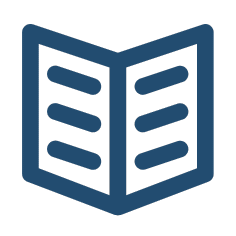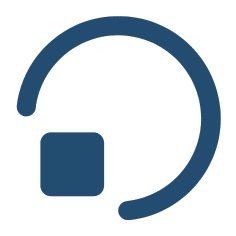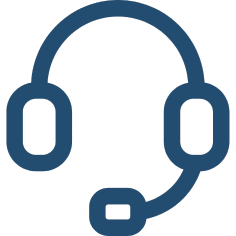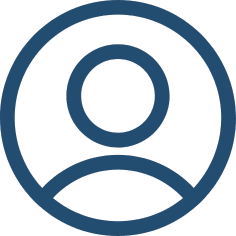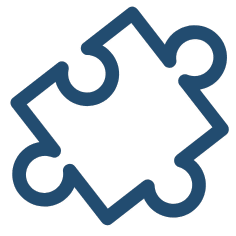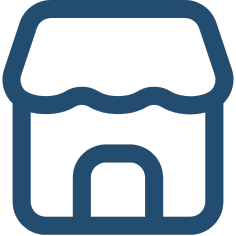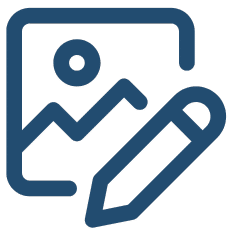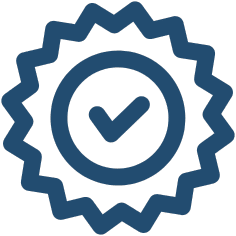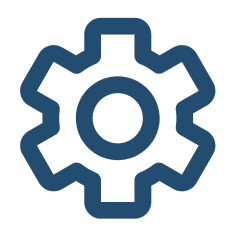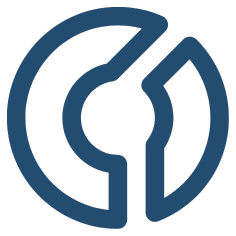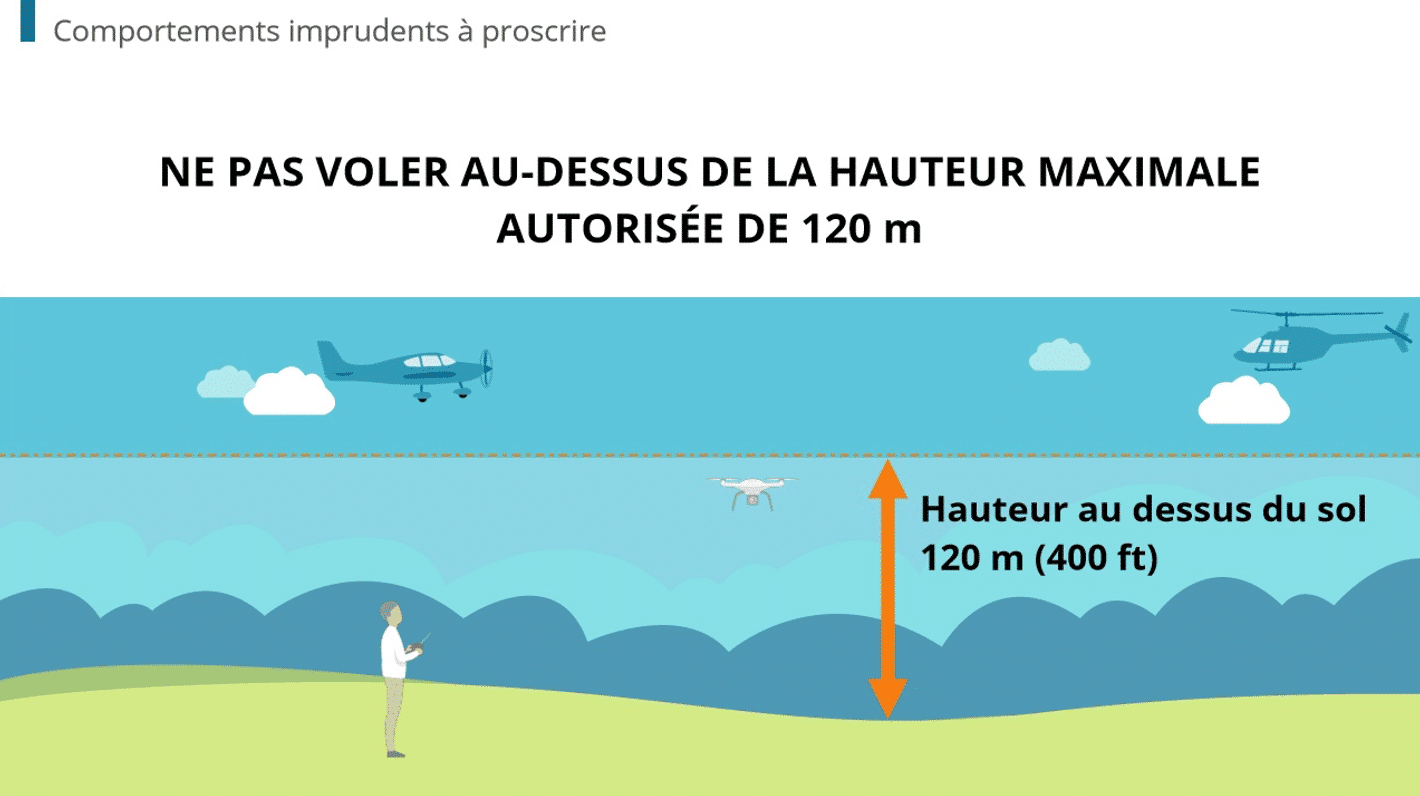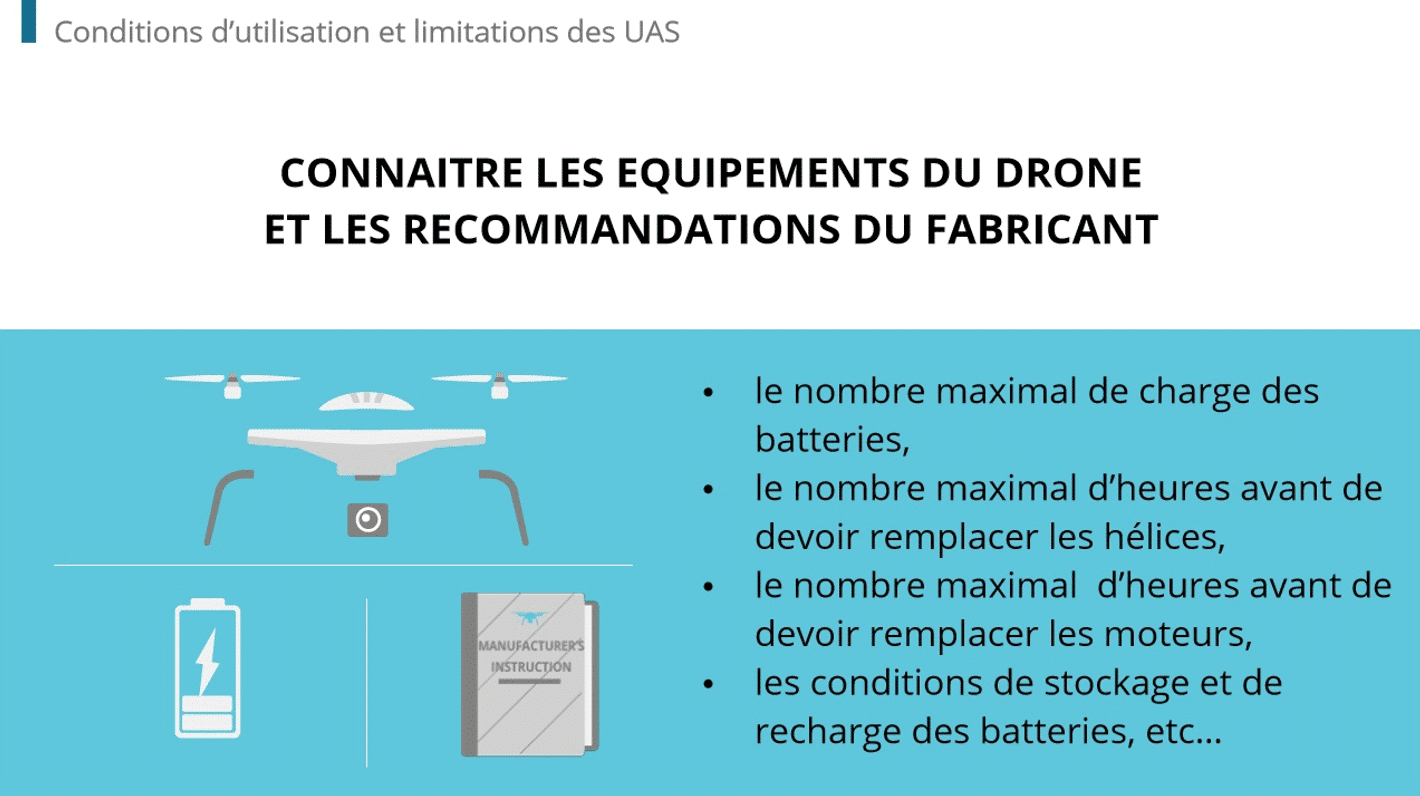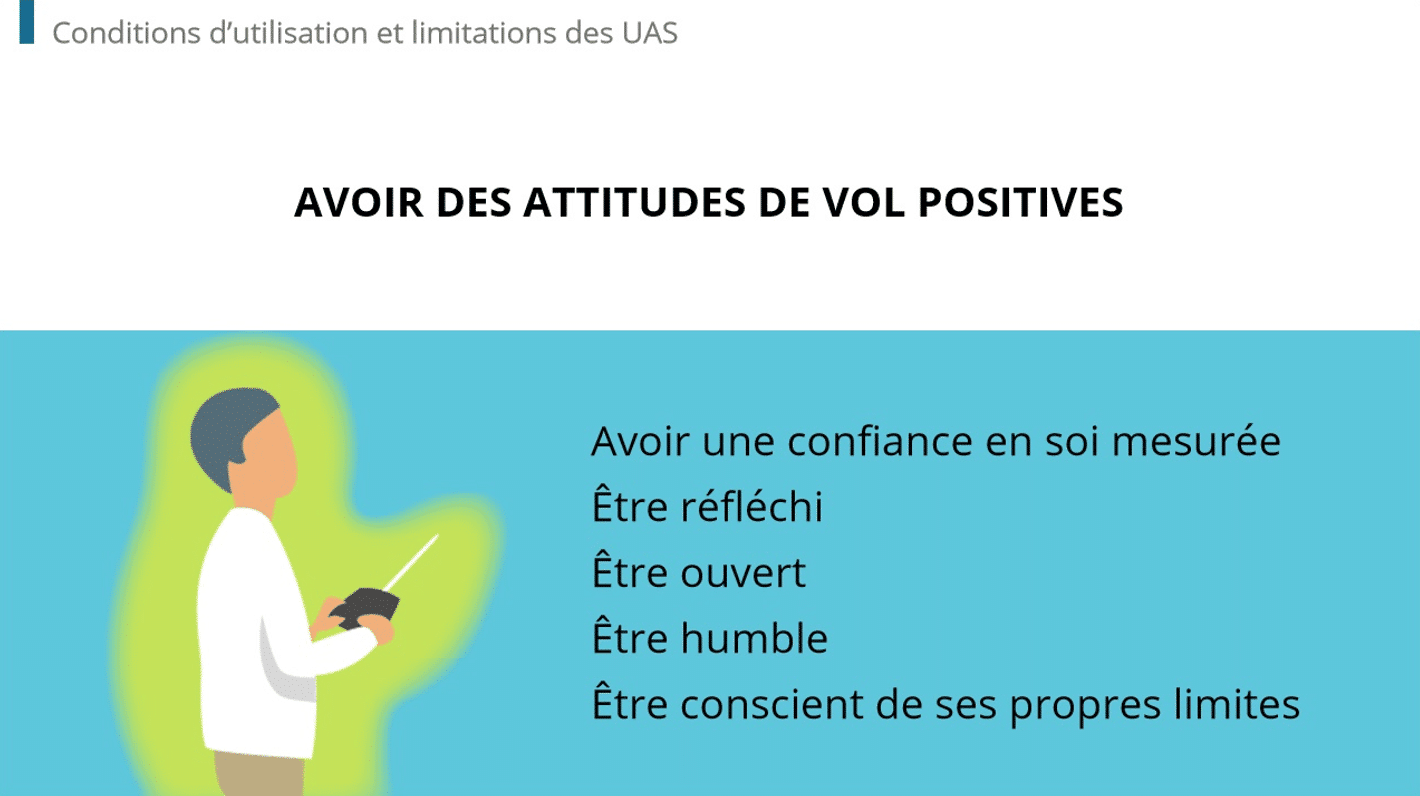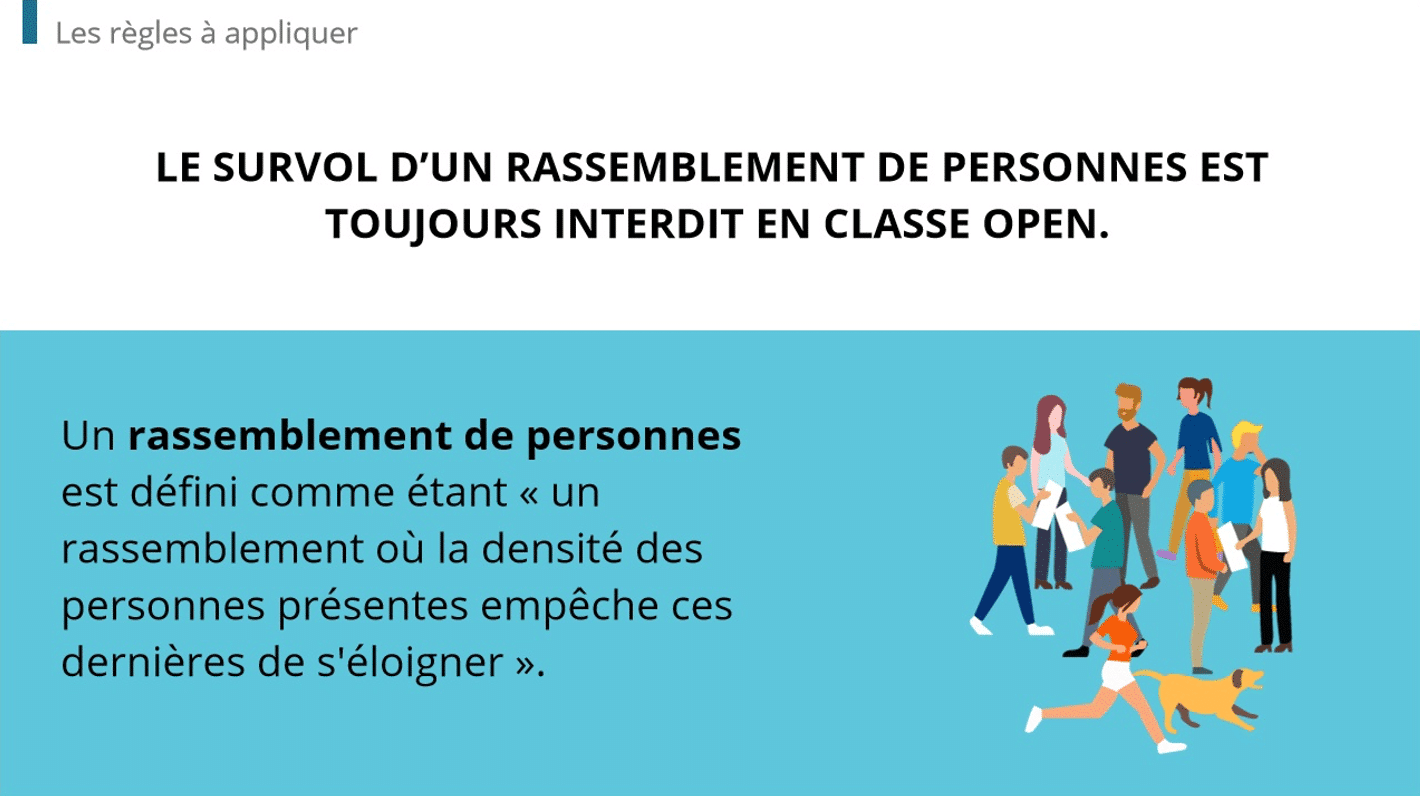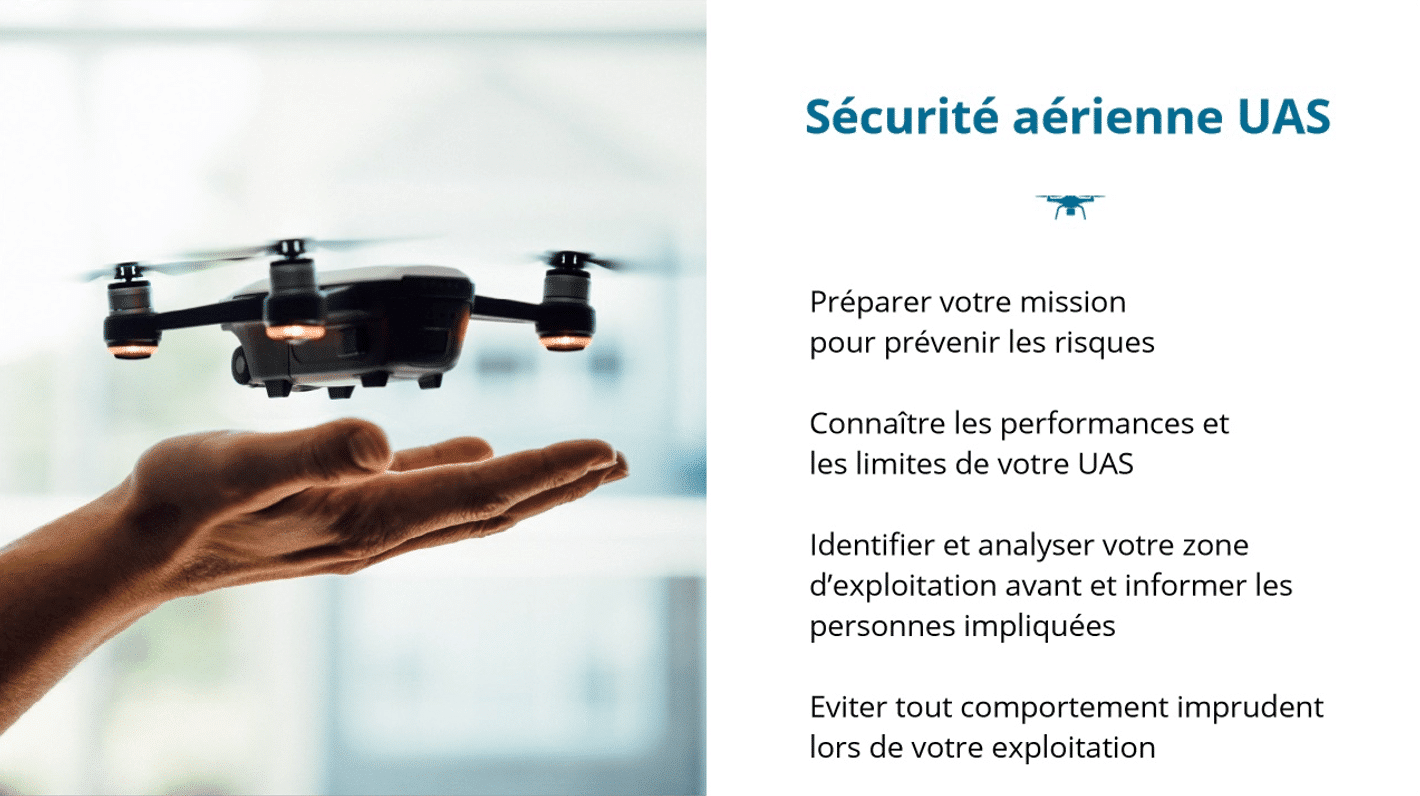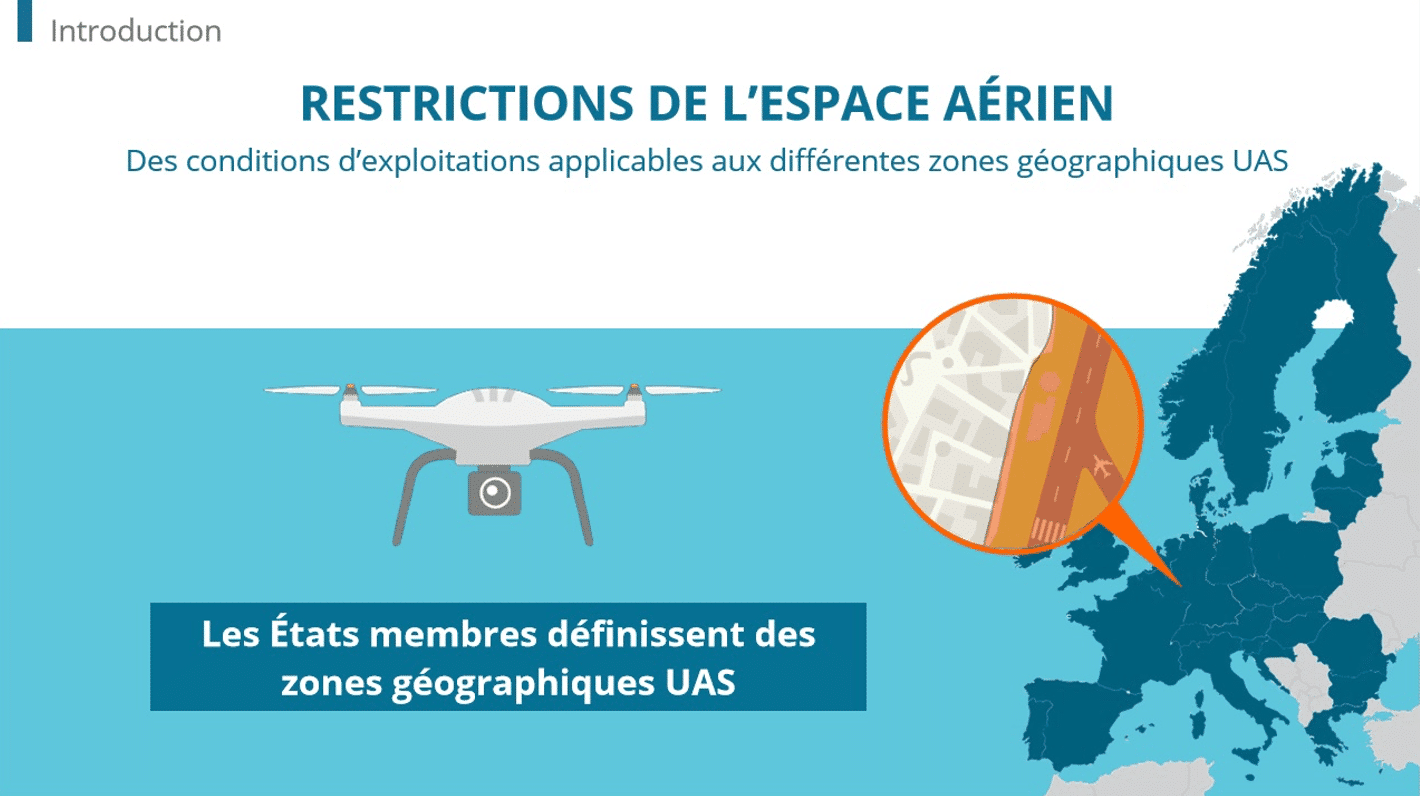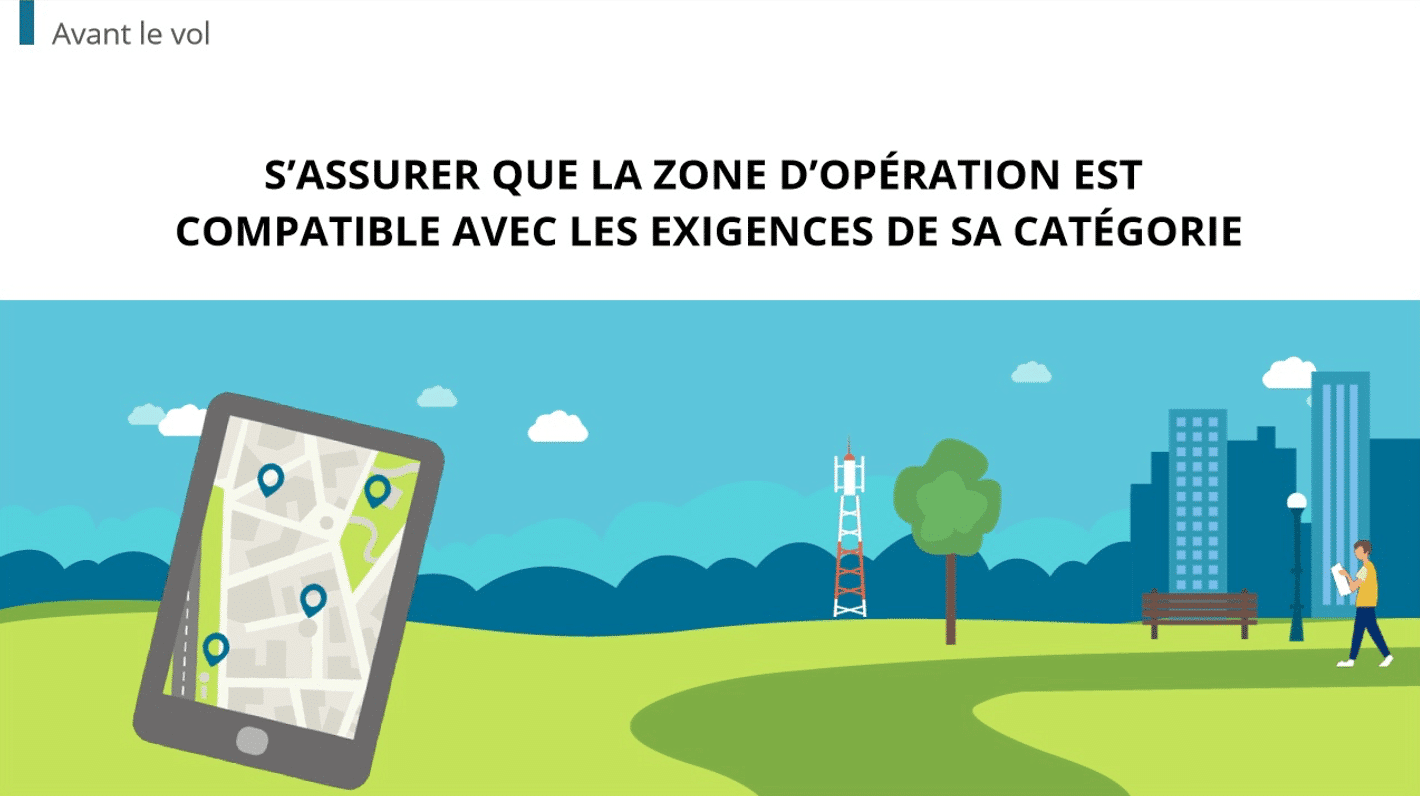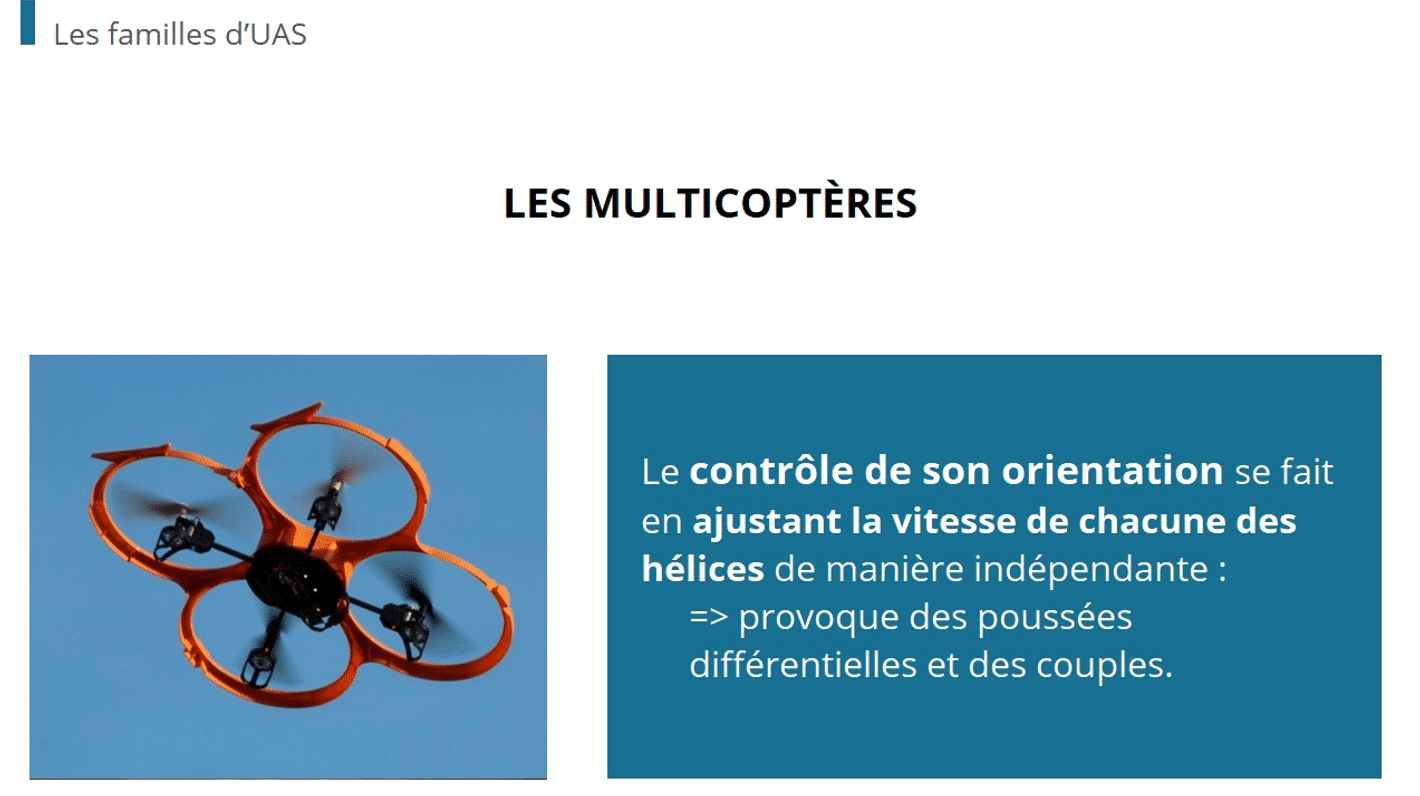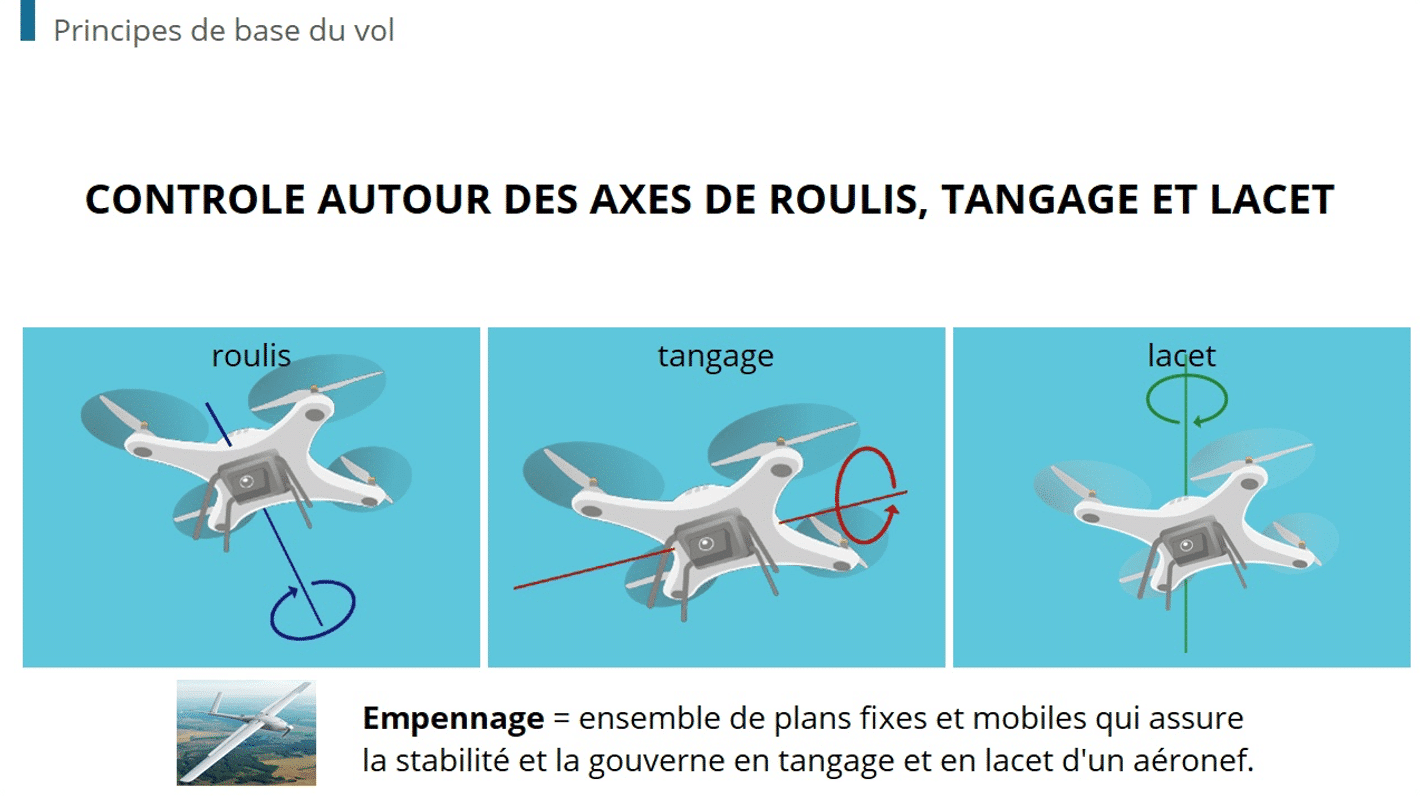True/false, multiple choice, fill-in the gaps, listening comprehension… T. De Praetere, CEO at Dokeos, explains how to build a relevant quiz activity
There are many different question types and their corresponding e-learning activities. So, what question type is relevant for my course, based on the particular stage, the learners, and the training objectives?
Building The Relevant Quiz Activity On Your LMS: The ArcelorMittal Case
A Europe-based multinational steel manufacturing corporation’s management wanted to enter the New York Stock Exchange. As indicated in the name, the NYSE deals with stocks. And the American regulatory authorities pinpointed that the Company’s accounting of available stocks did not comply with the audit requirements. There was a long road of compliance efforts ahead.
The bottom line was that NYSE had no reason to trust that the Company’s accounting of available stocks was reliable. The question was : “what proves me that it is true you have X tons of steel available in your Lackawanna facility?”.
The regulatory authorities offered the Company to enter a new accounting process based on a systematic form filling in a dedicated software. This would help the authorities compare the files with a random physical measure of stocks.
This led to the training of all local plant managers on filling sophisticated stock recording forms online. It appeared that this was a complex competence and that managers needed to be trained rapidly but progressively. Online learning proved a cost & time effective option.
The Company’s course took managers by the hand in three steps:
- “Watch this filled form. Click on the 7 errors made by John.”
- “John left this form half-completed. Help him complete it.”
- “John had to go. Fill the form for him.”
This 3-step sequence is progressive, since it is easier to see the mistakes made by someone else than to know the answer. And it is easier to complete a semi-filled form than to fill an empty one.
Analysis
I see this case as exemplary for 4 reasons :
- It shows that adult training and kids education is not that different. The case drives us back to children educational games of the form : “Help the Rabbit build a wall with these cotton blocks to stop the flood”.
- It reminds us of the importance of progressivity. Take people from level 0 to level 1, then level 2, then level 3. Exactly like in your “Spanish as a second language” handbook.
- The case demonstrates the importance of a life-like situation in learning. If the competence is “how to fill a form?”, the quiz should deal with form filling. Pilots training in a simulator is the model.
- Finally, online learning authoring creativity is required since available software all have their limits and constraints. For instance “Click on the 7 errors made by John” ended up as a “Hotspots” question type asking managers to click on the image of a filled form. Making a picture of a text is not a very common practice but appeared to be the simplest way to get the result we were looking for.
Generalization
How to move from this case to any case? What kind of skill help the e-learning expert move from the detailed observation of the job description to the mockup of online learning activities? In my view, these skills take the form of a vague and debatable and semi-formalized table of competence types + a capacity to match each of these competences to a type of online learning activity.
In a 2006 article, «Computer-Based Assessment in E-Learning: A Framework for Constructing “Intermediate Constraint” Questions and Tasks for Technology Platforms», Kathleen Scalise and Bernard Gifford tried to propose this conceptual table.
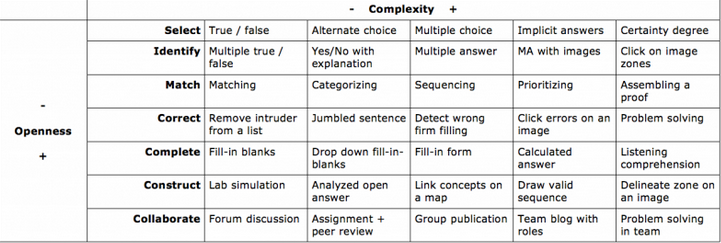
Their analysis is brilliant from an educational perspective. In corporate business though, educational requirements are balanced with cost-efficiency and speed demand. Here is an attempt to simplify the Scalise & Gifford competences / activities table to make it more operational and immediately available for brainstorming with the HR and Quality departments.
Activities are sorted by their progressive degree of openness from top to left. And by their progressive level of complexity from left to right. It is quite obvious that this table organization is highly debatable and I strongly encourage the eLearning industry readers to comment and correct this. However, even if not perfect, this tool proves to be very useful and the starting point of an ever-improving conceptual basis for the analysis of corporate learning projects.
Conclusion
To conclude, let me suggest the following. After browsing this table, bring to your mind an example project and try to pinpoint 3 cells of the table that would fit with the type of skills at stake. And try to imagine what kind of online quiz activity is possible and what Quizbuilder, Learning Management System or Serious games Authoring System can help you build the sequence.





